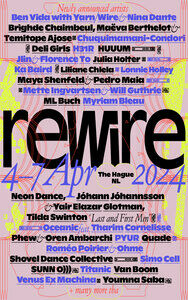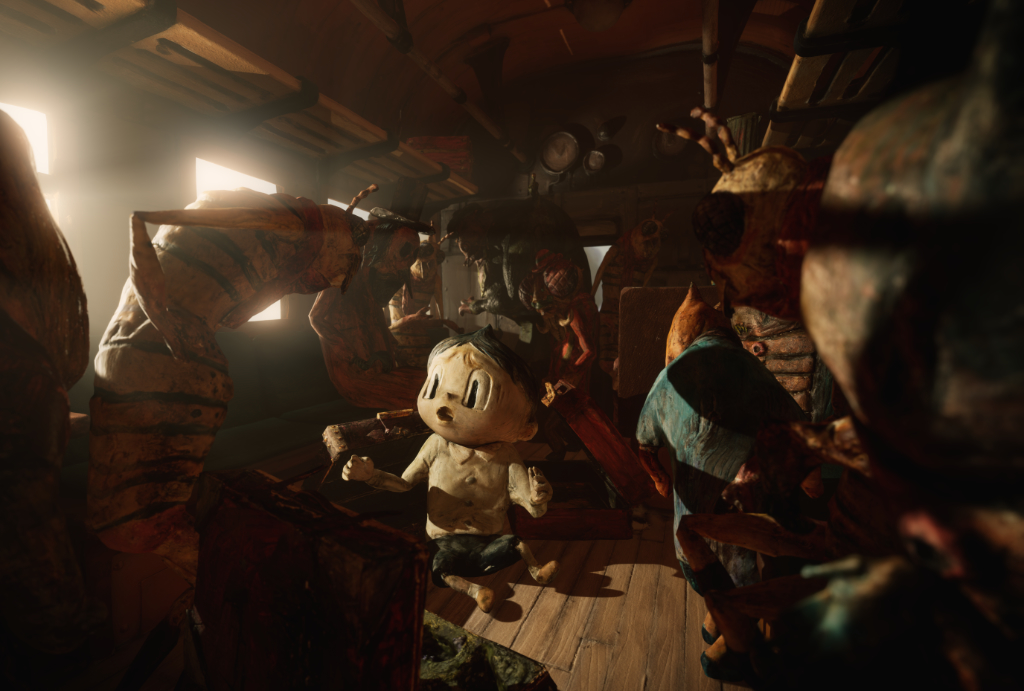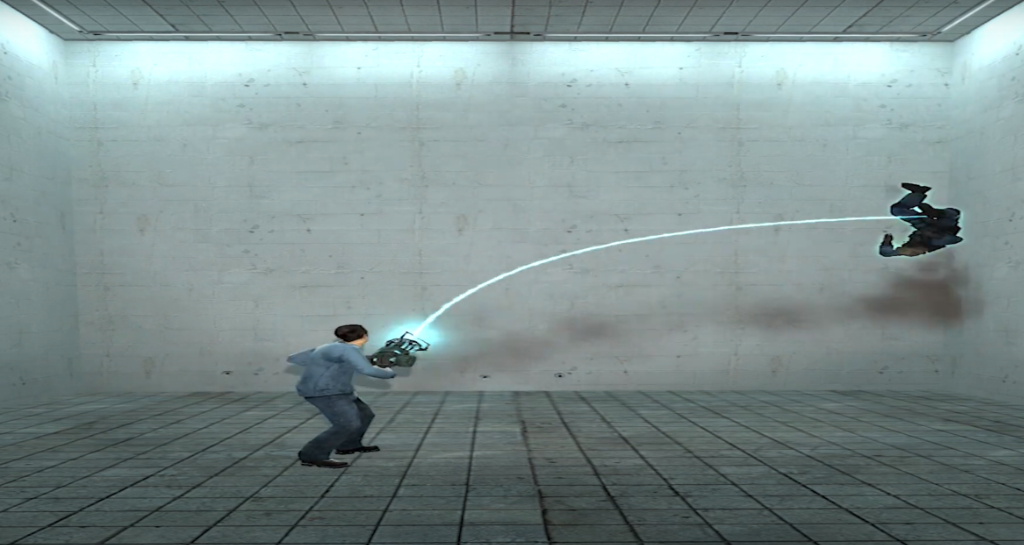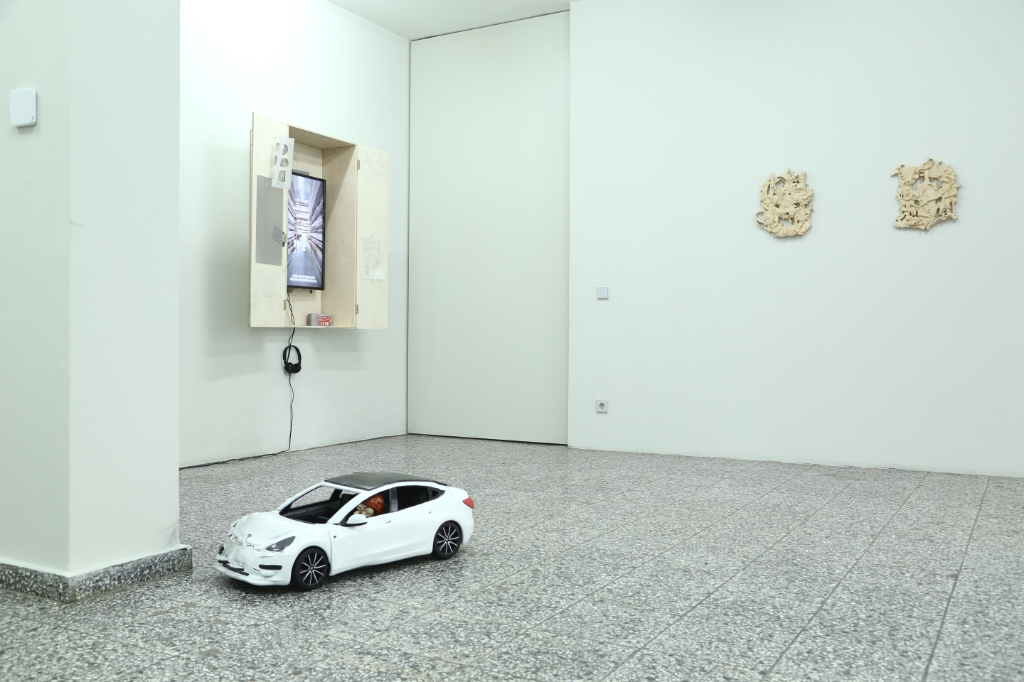Interview by Allan Gardner
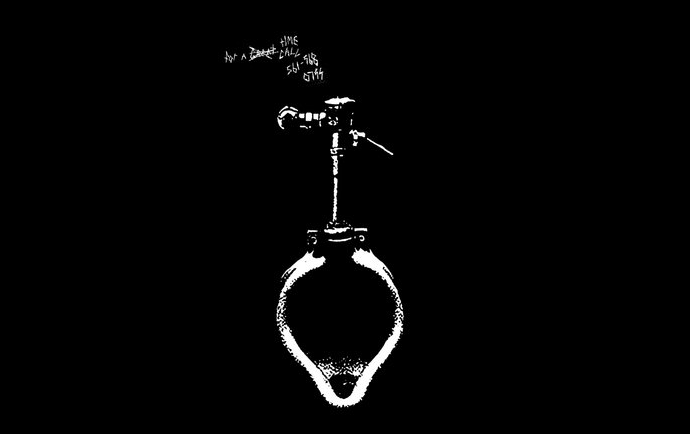
Nick Klein is an American artist currently based in the Netherlands. His approach to sound is emblematic of a movement in contemporary American dance music borne out of a desire to challenge the function of performance within a club setting, injecting an experimental approach to production underpinned by a deeply personal, emotive context.
Klein’s recorded output consistently challenges our preconceptions of what it means to make club music. Working primarily with modular synthesizers, his studio practice is typified by constant experimentation – the sculpting, tweaking and repositioning of sounds and their evocative potential.
Expanding the studio practice into live performance, Klein utilises the framework of dance music to challenge our motivation for movement, the nature of experience within a club context and what aspect of composition is key to said experience. The extent to which this format is re-arranged fluctuates from record to record, creating a network of studies in sonic function for the live environment.
His most recent release, Actor-Network Theory (IDEAL Recordings), feels like an exercise in the possibility of abstract sound as an emotional trigger. The palette employed occupies a dualistic space between organic and synthetic; sounds echo strings or plucked guitars but in a way that seems less like synthesizing a guitar and more like using a modular system to invoke the memory, or idea, of a guitar –specifically in Pear Brandy. Actor-Network Theory employs an interesting approach on the tracks utilising a more typical club music structure.
Thinking about the sonic space occupied by a kick drum, hi-hat etc… Klein plays with frequencies, supplanting the more often associated sonic structure of hits with atypical textures. The physicality of sound feels important on this release, with effort going towards a true sense of experimentation – an attempt to challenge what the function of a sound is and the liquidity of a position it holds within a composition. He retains the notion that drums are drums; the music remains dance music but allows the listener to explore the sonic possibility of that framework.
Having relocated to the Netherlands in 2019 with the intention of returning focus to his visual art practice, combined holistically with the last decade of sonic output. Characterised by a holistic approach to making, we discuss Nick’s evolving approach to work, the changing face of American dance music and the importance of challenging accepted norms in art.


Thinking about your most recent record on IDEAL, as well as No Shortage of Rope on Alter, I got the impression that you were focused specifically on the formal qualities of the sound, the function that the physicality of the sound performs as opposed to the structure of some of your earlier records?
Dance music functionality has always been tied to the record production capacity; the vessel of the music exists on the record. The titling in my work is very important, and there’s this painter Hernan Bas who uses very long, referential titles which give a wholeness to his painting.
I’ve always taken that on and tried to give descriptors, or windows, into what the sonics are allowing. I find that it helps because there is so much presupposition about what an artist making this kind of stuff is, who they are and what they’re interested in. I try to give a more abject, or more human, narrative to the material itself.
So you start with the titles and work backwards towards them?
There are three things that occur independently: There’s the live practice, which has been facilitated by the club music infrastructure, which is a loosely improvisational form with modular synthesizers. I’ve been working in that way over the last three or four years.
Then there’s the recorded practice which is a more regular day-to-day thing. Finally, there’s the titling. The titling exists as a long document which is basically a journal – things that I recall or stick in my head. Maybe if I’ve had a bit too much coffee in the morning, I write a few paragraphs.
When there’s a massive amount of them, I edit down and pair things up to create the titles. The practices are somewhat separate, but they aim to come together. If someone had every record and looked through every title, there’s a narrative that they could infer.
With a lot of the titling, I presumed it was related to the evocative nature of sound. Like the triggering of (false?) memories or experiences. I almost saw them as a way of separating the sound from its context and bringing it to a point of abstraction where a listener could interpret it despite having no access to your personal narrative.
It’s weird with electronic music because it’s such a brilliantly democratic format. The formality allows for other stuff, and at its best utopian state, it’s egoless and faceless. I also don’t come from that background. I come from noise or more aggressive leaning music, so there’s a pervasive tendency to prescript the content with something hyper-personal. I take a lot of the ideas with titling from those other sources, earlier influences that platformed a more personal approach.
I grew up listening to punk and hardcore, then noise and techno and then other stuff. One of the things that kept me out of electronic music as a teenager was the lack of cover art, going to the record store, and not telling anything apart. For me, many of the labels and artists you’re associated with kind of wear their punk background on their sleeves; you can see it in the context of Bandcamp layouts vs Soundcloud.
Soundcloud is interesting. For my peers and me, it has sort of outmoded us. It changed most of our lives; five years ago, I wouldn’t have believed that I’d have the opportunity to come to Europe so often, but that tool was directly that. It’s like another journal, in the same way that the titling journal exists. I still spend a lot of time on Soundcloud, but I think that the platform exists for someone else now, a new generation of people. My peers are less drawn to it, but I still spend a lot of time on it; it acts as my scrapbook or sketchbook.
I’m interested in your club practice. The semi-improvisational nature of your sets feels like you’re playing with the notion of what a track or a set should be in that situation. For me, it feels like they maintain a coherence but do so in a way where the structures or sounds associated with club music are twisted in atypical ways. Are you still interested in getting people to dance?
Firstly, I’d say that a couple of my peers and I came from a scene where the social function of the music was more of a repellent one – in the way that punk or hardcore would aim to, at least partly with consideration to the communal aggression that’s a given vocabulary.
I think it was this grand experiment somewhere in the US to utilise the techno or rhythmic vocabulary in a noise context in a way that was not industrial but something else.
Defining the language of what people can move to and dance to is kind of the hallmark of a couple of friends of mine and I – and obviously many other people. I’m not a DJ; I come from a background of experimenting.
As long as there’s a pulse quality and the crowd are up to the task, I’m open to challenging what they might be expecting. I don’t play thinking about pleasing anyone, but it’s a weird thing. It’s dualistic, the expectation of being there to fulfil a utility as an artist – it’s not about indulging your bullshit.
What I need out of the formal qualities that I need out of dance music composition is different from most people. When I first started playing in these contexts, it became clear that there were many rules.
Those rules are developed by DJs, making a framework for people to be able to understand and expect what they were going to get from a club. There was a moment before the bubble burst in that world where more and more ideas were infiltrating it, I guess that’s where we’re at.
Your use of the dance music framework kind of feels like a vehicle for sculpting the evolving sound palette. Like you’re introducing people to the sonic quality in a way that’s digestible.
I could maybe be a little more aware of the fact that this is people’s escapism. This is their moment to escape from whatever their reality is, so I keep it pretty well in the pocket, but I’m into the idea that we can collectively expand the notion of what this could be.
Do you think that it has a relationship to the way that a visual artist selects a subject for the work as a way of exploring the nature of the material? Like a portrait having less to do with the sitter and more with the quality of the paint.
I think the materiality, the play and the process that the modular synth allows me to feel more like a studio thing. It’s why the live set remains precarious; its function of it is tied to this loose industry. There are drinks being sold, people need to be paid etc. The modular lends itself to being an easel, a constantly evolving palette generator.
That is part of playing that I really get off on. My purpose is trying to ride the wild horse that is the synth – I know that if I put the spurs in at a certain place, it will give me X, and I can tame it here and change it here. Riding that wave and seeing how it turns out is the closest thing to the visual arts process.
We talked before about your background in visual art and your recently readopted studio practice. How’s it all going?
I grew up in a very creative home and studied music in high school but left it to eventually go to art school and study sculpture and performance. Then I moved to New York, and there was a lot less space. In doing that, I tried to figure out the most efficient route to indulge this need for self-expression.
Now, about ten years later, I’m interested in studying again. I had a set of hypotheses for exploring club music, and after a long time, I feel like the questions have answered themselves. I’ve had the opportunity to play big, crazy festivals and to apply that same practice to small basements and see the fallout of the industry due to the pandemic. I’m interested in stepping back a little bit.
Do you intend to include sound in your visual practice?
It would be disingenuous for me not to address it. It felt incongruous in America because it’s such a commodity culture. Everything is a brand, so even if you’re trying not to, you’re still a brand. The things I’m interested in contradict the contemporary art structure as it exists in America – from art schools, the gallery systems and museums, which all want specialisation and structure.
The thinkers that I’m most interested in don’t really have a need for specialisation. On my label, nearly everyone has gone to art school – that’s happenstance. I think there’s a way of thinking that springs from that, and I don’t think I’ll divorce the ideas. I’m reticent to call certain things certain things – I’m happier just to say I’m making.
What is your chief enemy of creativity?
Love. Everyone I’ve known, myself included, has these obsessive creative paths, but once love enters the equation, there’s a sort of homogeneity with the rest of society1.
You couldn’t live without…
Water. No, no, no, I need to amend – Vodka.






